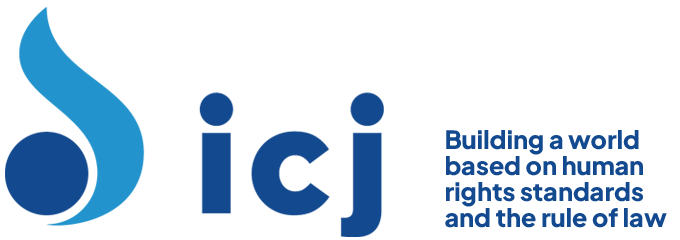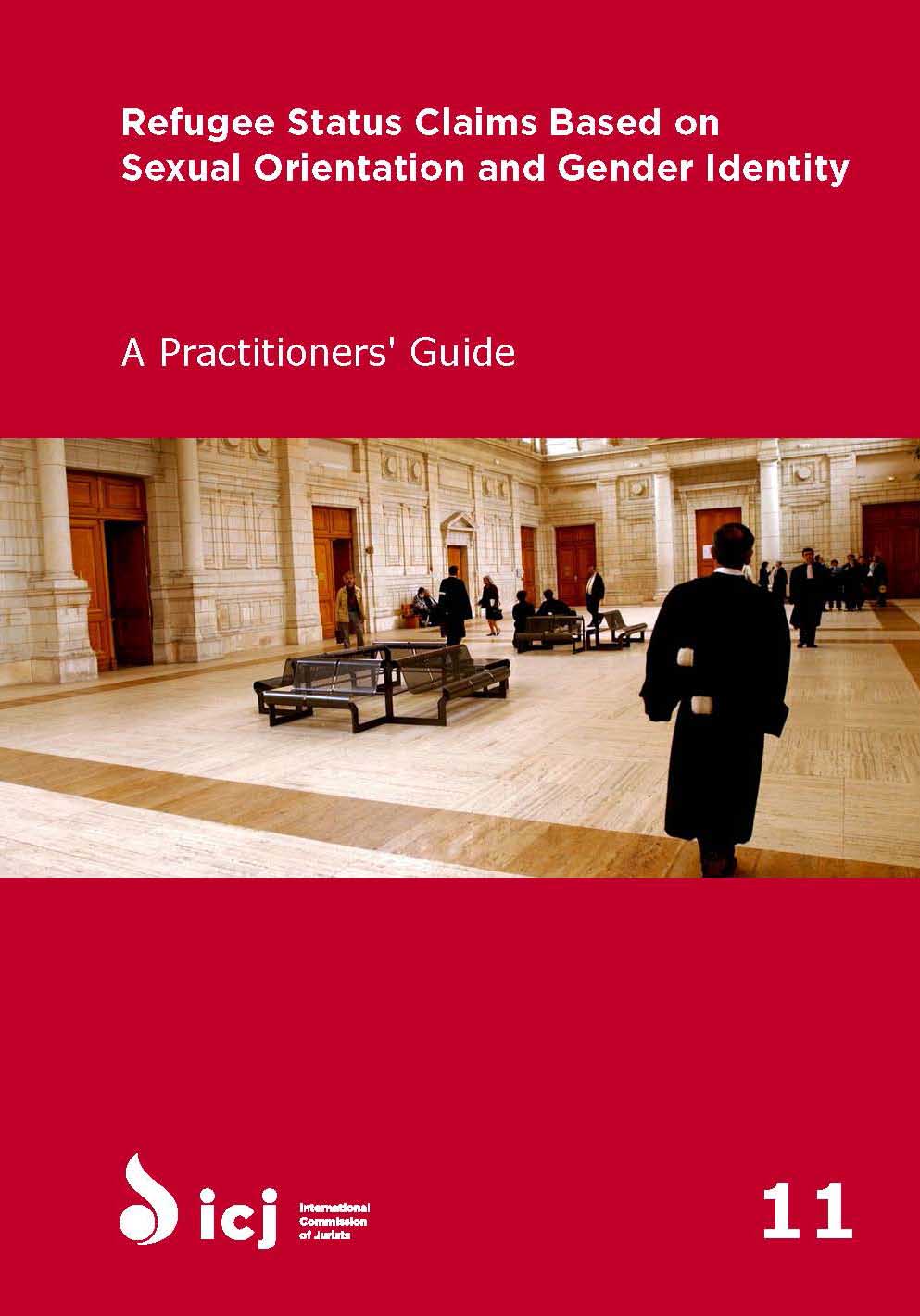Today, the ICJ publishes Refugee Status Claims Based on Sexual Orientation and Gender Identity – A Practitioners’ Guide.
The organization has decided to publish this guide for two main reasons.
First, persecution of individuals motivated in whole or in part by ignorance of, prejudice and hatred against their real or imputed sexual orientation and/or gender identity (SOGI) is rife in all regions of the world, with serious and widespread human rights abuses being perpetrated too often with complete impunity.
Therefore, claims to refugee status under the Refugee Convention for reasons of real or imputed SOGI are unfortunately likely to increase in all regions, given that around the world, lesbian, gay, bisexual, transgender and intersex individuals continue to be targeted for egregious human rights abuses, paradoxically, in part, because they have become more visible by asserting their existence, rights and agency outside the relative safety of “the closet”.
Secondly, while persecution for reasons of real or imputed SOGI is not a new phenomenon, in many asylum countries there is a greater awareness that people fleeing persecution for those reasons are entitled to be recognized as refugees under the Refugee Convention.
Nonetheless, this is an area of the law of refugee status where the application of the refugee definition remains inconsistent, as it is complex and fraught with both substantive and procedural challenges.
The ICJ’s latest practitioners’ guide describes both in general and specific terms each element of the refugee definition under the Refugee Convention that is critical to understanding and doing justice to claims based on SOGI.
After discussing how to establish refugee claimants’ credibility with respect to SOGI, the structure of the practitioners’ guide follows the relevant elements of the refugee definition in Article 1A(2) of the Refugee Convention, namely: well-founded fear; persecution; for reasons of; membership of a particular social group; and failure of State protection.
The guide also addresses the concepts of internal flight/relocation alternative and sur place refugee claims, which, while not expressly mentioned in the Refugee Convention, are increasingly critical to refugee claims for reasons of SOGI.
The practitioners’ guide is intended to provide both legal and practical interpretative guidance on those types of refugee claims to:
- legal practitioners representing individuals;
- others who assist refugee claimants, whether in a professional or voluntary capacity, including members of non-governmental organizations;
- decision-makers within refugee status determination authorities and members of the judiciary presiding over claims to refugee status;
- officials within government departments issuing asylum policy guidance and instructions;
- UNHCR officials both within the Division of International Protection and those who carry out refugee status determination under the agency’s Statute; and
- refugee claimants themselves.
The ICJ’s aspiration and ultimate aim in producing this practitioners’ guide is to provide enduring legal and practical advice on the interpretation of the refugee definition under the Refugee Convention in respect of claims to refugee status based on SOGI notwithstanding the fact that this is an area where the law of refugee status is particularly fast-moving and is constantly evolving.
Finally, the ICJ hopes that this practitioners’ guide will assist in ensuring that people entitled to international protection for reasons of real or imputed SOGI be recognized as refugees under the Convention.
universal-pg-11-asylum-claims-sogi-publications-practitioners-guide-series-2016-eng (full book in PDF)

